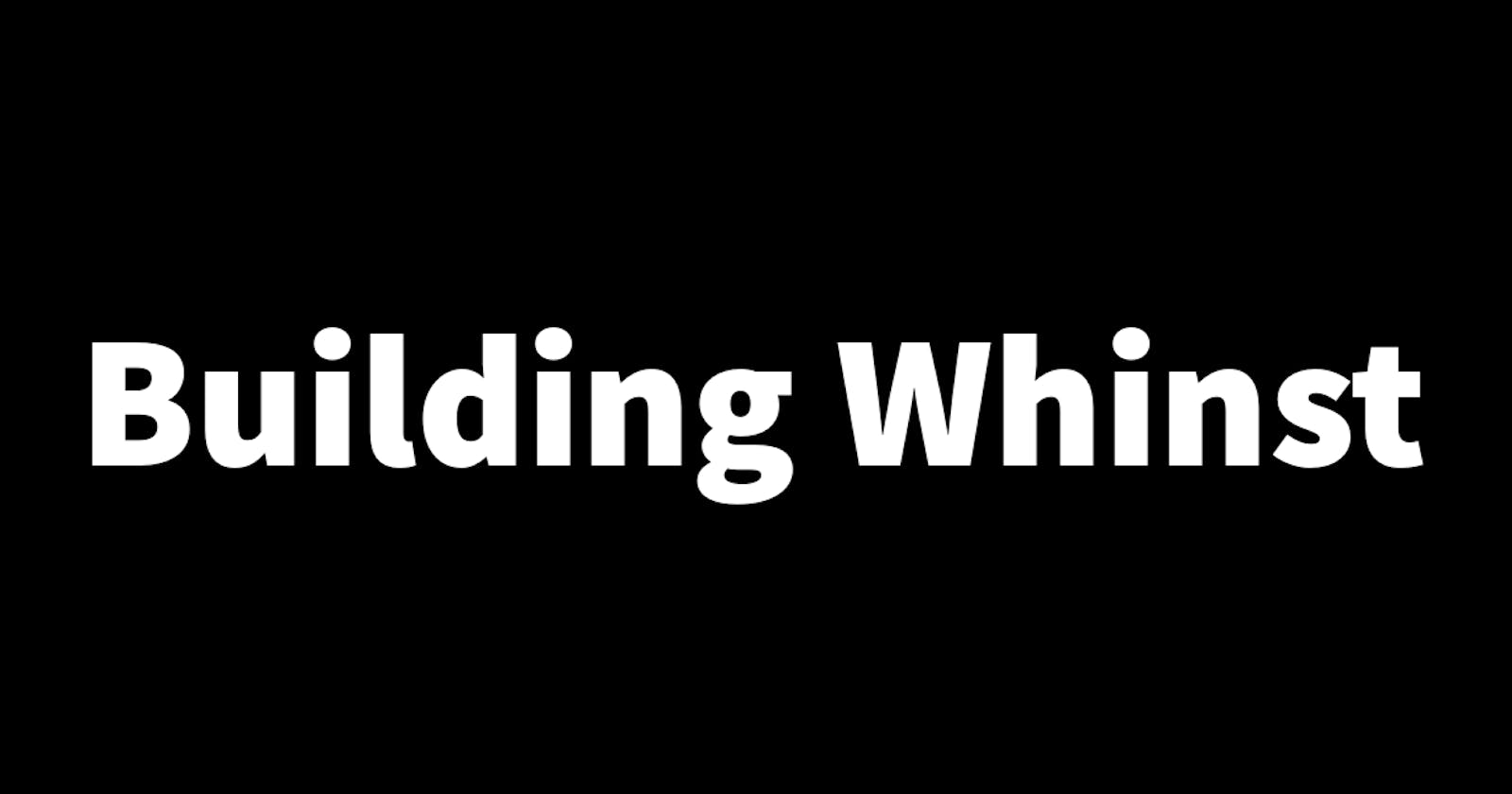One of the challenges I faced while building my last project Course Assist was the lack of organization. This made building the project significantly harder and also took way longer to build than planned😬. Because of this, I've decided to take the time to plan and write up a proper development plan which will serve as a guide on what I'm supposed to be working on in order to keep the whole process organized. In this article, I'll show you what's included in the Whinst development plan. Let's dive in🏃♂️
The Whinst development plan📝
Using my previous project experience, I've carefully structured the plan so that the tasks are arranged in a way that enables me to be most efficient and quick while at the same time not compromising the quality of the application. To keep the blog short I've grouped the plan into large and more general tasks that'll be broken down into smaller tasks when building. The plan is as follows;
Creating frontend designs: This first step involves gathering some ideas from existing web app designs and using that to create some nice designs for Whinst. I originally planned on using Figma for this but after realizing that I'm terrible at Figma🙄 I'll probably just sketch the designs in my notebook and start from there.
Learning the required frontend technologies: If you've read the previous article you'll know that for Whinst I'm learning a new set of technologies. The new frontend technologies I'll be learning are TypeScript and Next.js.
Building the frontend: After doing a couple of tutorials on TypeScript and Next.js I'll jump straight into building the frontend.
Learning the required backend technologies: Just like in the second point at this stage I'll be learning Express, Nextjs and Postgresql.
Design the Database schema and build the backend: Straight after learning the backend technologies, I'll get into creating a database schema and then building the backend which will include the Database, Server and API (Application Programming Interface).
Testing and deploying: In the final stage I'll spend a good amount of time conducting several tests to make sure everything is running the way it's supposed to and once it is I'll deploy Whinst into production.
The tasks listed above are just a general overview of everything I'll be doing and will be broken down into several smaller tasks. With a clear development plan now in place I can begin building Whinst. Thanks for reading and see you in the next one🙏.
